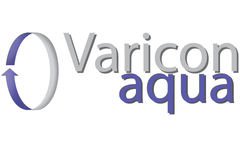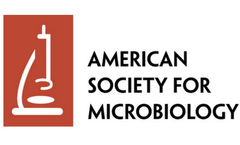Microalgae Species Articles & Analysis: Older
7 articles found
Varicon Aqua’s latest project is up and running in Hong Kong, with the installation led in person by our Managing Director, Joe McDonald. The client, Geb Impact Technology Company Limited, will be using two of our reactor systems, the Phyco-Lift and the Phyco-Pyxis, the latest in our range of innovative products. Geb Impact and Varicon Aqua have enjoyed a long professional relationship, ...
We are pleased to announce the latest installation of a 2750 L Phyco-Flow system for Grupo Fagro at their new Micro Algae Technology Development Unit, Biorganix in Ramos Arizpe, Mexico in conjunction with Novel Agricultural Bioactives from Microalgae (NAMBA) initiative. Our Phyco-Flow tubular photo-bioreactor will be used to cultivate microalgae ...
We are currently cultivation microalgae species such as Haematococcus Pluvialis and Auxenochlorella protothecoides. Please read more about these microalgaes in our product page for the BioAlgae-unit. Our goal is to produce microalgaes for new valuable food products, such as fish- and animal feed ingredients or as ...
In our hydroponic system we are using the Valoya BL-series LED growlights for high performance cultivation. In our microalgae researches we are cultivating microalgae species such as HaematococcusPluvialisand Auxenochlorellaprotothecoides. These microalgaes can be used in new fish- and animal feeds, that contains high ...
Despite evidence of contamination in Antarctic coastal marine environments, no water‐quality guidelines have been established for the region because of a paucity of biological effects data for local Antarctic species. Currently, there is limited information on the sensitivity of Antarctic microalgae to metal contamination, which is exacerbated by the lack of ...
Some species of microalgae have high productivity and lipid content, which makes them good candidates for biodiesel production. Biomass separation and cell disruption are important steps in biodiesel production from microalgae. In this work, we explored the fundamentals of electroflotation by alternating current (EFAC) with non-consumable ...
This involves immobilizing a unicellular, freshwater microalga, a Chlorella species, serving as the plant, with a plant growth-promoting bacterium, an Azospirillum species, in small alginate beads to allow close interaction and to avoid external interference from bacterial contaminants. ...





